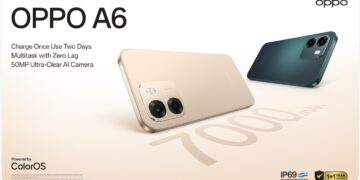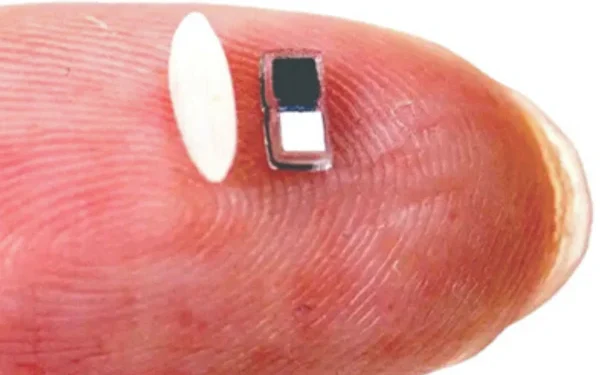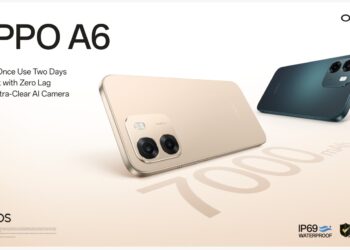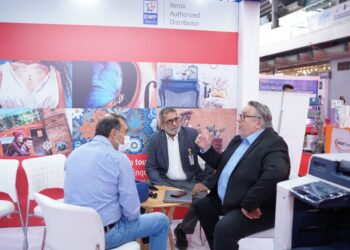Breakthrough Innovation in Cardiac Health
In a groundbreaking development that could reshape the future of cardiac care, scientists at Northwestern University in the United States have successfully developed a new type of pacemaker that is smaller than a grain of rice. This ultra-miniature device is not only minimally invasive but also bioresorbable, meaning it can dissolve naturally in the body after serving its purpose—eliminating the need for surgical removal.
A Leap Forward in Pacemaker Technology
Traditional pacemakers, though life-saving, typically require surgical implantation and the insertion of leads into the heart. This new pacemaker, however, is designed with cutting-edge materials that enable it to be injected using a standard medical syringe. Measuring only a few millimeters in size, the device is lightweight, wireless, and does not require a battery. Its deployment requires no major surgery, significantly reducing the risk of complications and patient recovery time.
Why This Innovation Matters
Heart arrhythmias—irregular heartbeats—are a common health concern affecting millions of people worldwide. Pacemakers are critical in treating bradycardia (slow heart rate), heart block, and other rhythm disorders by delivering electrical impulses that prompt the heart to beat at a normal rate.
However, traditional pacemakers come with several drawbacks:
- Invasive surgery for implantation.
- Potential complications such as infection, lead displacement, and mechanical failure.
- Periodic battery replacements, requiring follow-up procedures.
- Risks for pediatric and short-term cardiac patients, where permanent implantation may not be necessary.
This new injectable pacemaker could potentially address all of these concerns, offering a safer, more convenient solution for patients who need temporary pacing or who are not ideal candidates for conventional devices.
How the Rice-Sized Pacemaker Works
The revolutionary device is constructed from naturally dissolvable materials that are compatible with the human body. These include polymers and metal electrodes designed to degrade harmlessly over time.
Once injected near the heart, the pacemaker begins functioning immediately by delivering electrical pulses that regulate the heart’s rhythm. Because it’s bioresorbable, the device gradually dissolves after a certain period—typically a few weeks or months—depending on the clinical need. This process eliminates the requirement for a second procedure to retrieve the device.
Minimally Invasive Application via Syringe
One of the most extraordinary aspects of this technology is the mode of administration. Unlike conventional devices that are surgically inserted under the skin and connected with leads, this pacemaker can be delivered directly into the body using a syringe.
This approach offers multiple benefits:
- Minimal scarring and physical trauma.
- Reduced hospitalization time.
- Quicker recovery for patients.
- Lower costs for healthcare providers.
The injection-based method is particularly advantageous in emergency settings or for patients who are already medically fragile and may not withstand surgical procedures.
Designed for Temporary Cardiac Support
While permanent pacemakers serve long-term needs, this injectable version is especially useful for patients requiring temporary cardiac pacing. For example, patients recovering from cardiac surgery, those undergoing certain medical treatments, or premature babies with transient heart issues may benefit from short-term pacing support.
In many such cases, traditional pacemakers are impractical, making the new device a perfect fit. Once the temporary risk subsides and the heart begins to function normally on its own, the bioresorbable pacemaker dissolves without leaving a trace.
Expert Opinions and Clinical Potential
According to the research team at Northwestern University, this device marks a major milestone in the field of cardiac medicine. Dr. John A. Rogers, one of the lead researchers on the project, stated that the aim was to create a device that could offer precision pacing in a minimally invasive and fully bioresorbable format.
“The system offers a fully transient solution that operates wirelessly and is naturally absorbed by the body when no longer needed,” Dr. Rogers explained. “It is a major step forward in integrating bioelectronics into mainstream medicine.”
Early preclinical trials have shown promising results. The device demonstrated reliable performance in regulating heartbeat rhythms in animal models, and human trials are expected to follow soon.
A Safer Alternative for Pediatric and Neonatal Patients
One of the most exciting applications of the new pacemaker is in pediatric and neonatal care. Infants born with congenital heart defects or those who require short-term cardiac pacing due to surgical complications stand to benefit the most.
Traditional pacemakers pose a range of complications in newborns, such as space constraints, growth considerations, and the need for repeated surgical interventions as the child grows. The new pacemaker, being both tiny and bioresorbable, offers a much safer and more viable alternative for these vulnerable patients.
Global Impact and Future Availability
The innovative device is still in the experimental phase, but its potential global impact is immense. Heart disease is the leading cause of death worldwide, and access to minimally invasive, affordable cardiac solutions could revolutionize patient care, particularly in low-income and developing regions where surgical facilities may be limited.
If approved for clinical use, the pacemaker could be rolled out in hospitals across the globe and potentially integrated into emergency medical kits, surgical centers, and intensive care units.
Complementing Advances in Wearable and Wireless Health Technology
This innovation fits well into the broader trend of developing wearable, wireless, and minimally invasive medical technologies. As the world moves toward smarter and more personalized healthcare, such innovations will likely become standard practice.
Combined with external monitoring tools and artificial intelligence, devices like the Northwestern pacemaker could form part of an integrated health monitoring ecosystem, enabling real-time heart health assessments and interventions.
Challenges Ahead and Regulatory Approval
While the prospects are promising, there are still hurdles to overcome. Regulatory approvals from agencies like the FDA will be necessary before the device can enter clinical practice. Additionally, long-term safety studies and trials in diverse patient populations are required to ensure the technology’s broad efficacy.
However, given the encouraging early results and strong interest from the medical community, experts believe that it won’t be long before this device becomes a standard option in cardiac treatment.
Conclusion: A New Era for Cardiac Care
The rice-sized injectable pacemaker developed by scientists at Northwestern University represents a pioneering leap in medical technology. With its non-invasive design, bioresorbable materials, and immediate cardiac pacing capabilities, the device has the potential to revolutionize how heart conditions are treated—especially in patients requiring temporary support.
As research continues and clinical trials progress, this innovation could become a cornerstone of modern cardiology, offering hope to millions of patients worldwide. From pediatric care to emergency medicine, the benefits of this futuristic pacemaker are far-reaching and profound.

























